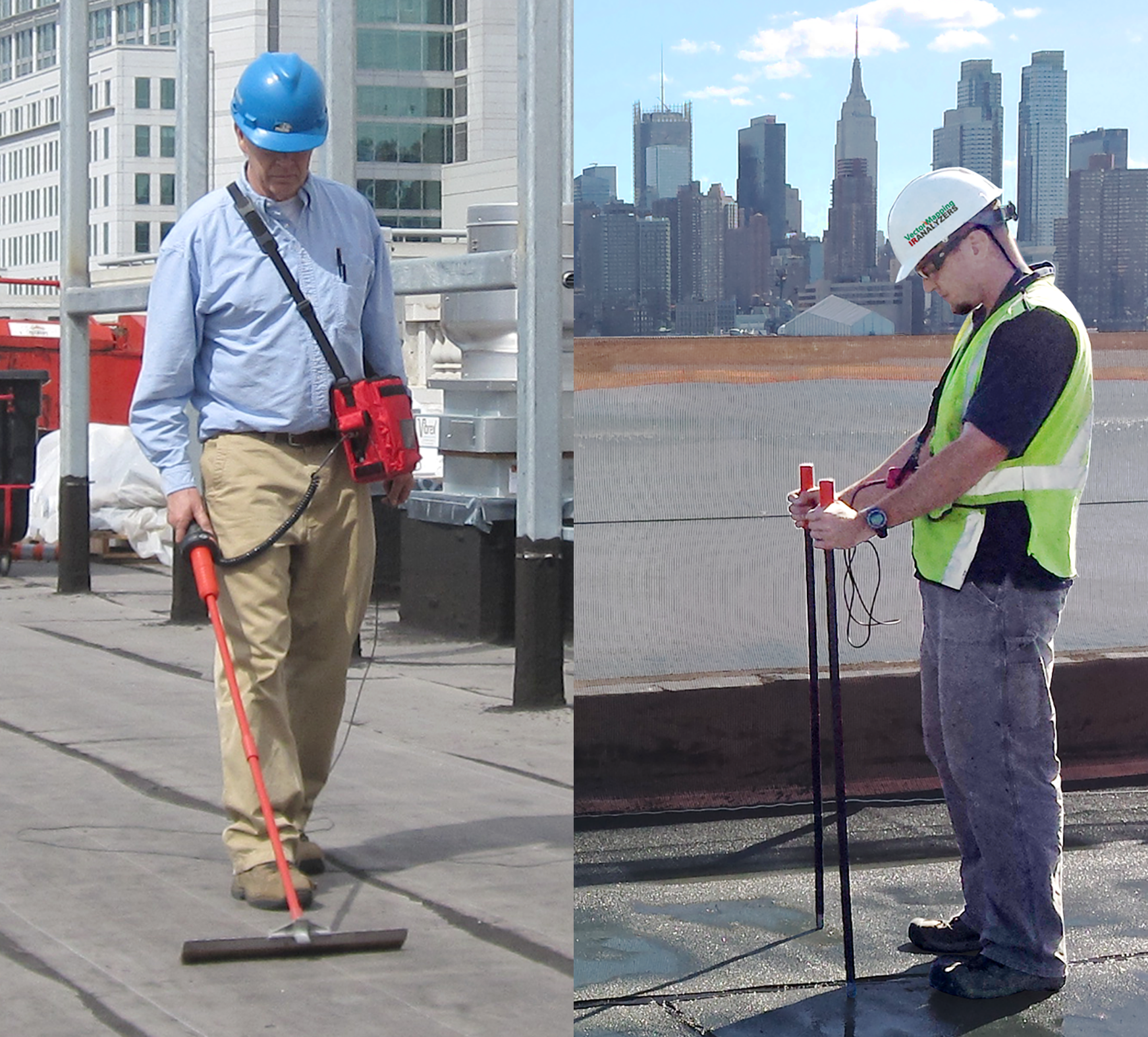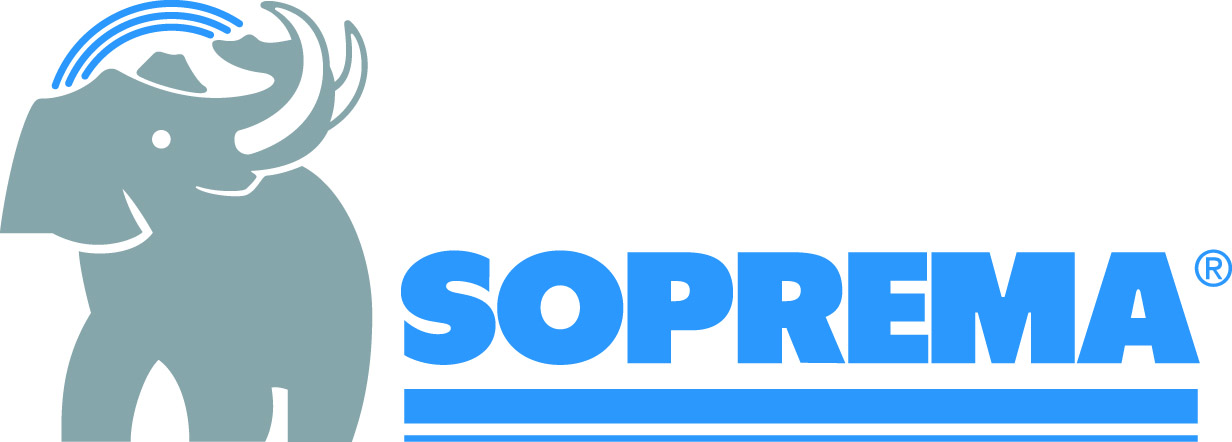How to Avoid the Four Most Common Mistakes in Leak Detection
Learning Objectives:
- Identify the advantages and disadvantages of the four major types of Electronic Leak Detection and determine the most effective survey technique(s) for your particular roofing or waterproofing assembly.
- Recognize and improve weak and incorrect testing specifications, and understand the essential elements of robust, thorough specifications that will ensure greatly improved test accuracy.
- Why it is not possible to find every leak, and be prepared to proactively identify assemblies that will be difficult or impossible to test.
- Develop and maintain positive customer relationships by providing all stakeholders with realistic expectations for the Leak Detection testing
Credits:
Electronic Leak Detection (ELD) has become the standard for leak locating and integrity testing throughout the roofing industry and numerous parties now rely on the accuracy of the testing. Being aware of (and avoiding!) the most common ELD mistakes will result in greatly enhanced test accuracy, better build quality and improved relationships between all stakeholders. This webinar will cover the most common errors in Leak Detection and be very valuable for architects, engineers, specifiers, consultants, manufacturers, contractors and owners. You will learn how to ensure comprehensive test specifications, understand the advantages and disadvantages of different test types, be able to proactively identify assemblies that can be difficult or impossible to test, and be prepared to provide realistic expectations for the testing experience.

Photo Credit: IR Analyzers

|
Peter Brooks has over 38 years of experience in nondestructive testing and has worked closely with thousands of architects, engineers, consultants and contractors. His firm performs all types of Electronic Leak Detection and Roof Moisture Surveys in a wide variety of built environments, from nuclear power plants to Madison Square Garden. Peter is a nationally recognized expert in nondestructive testing, and has trained thermographers at the national level. He has written numerous articles on the technical and practical aspects of Infrared Thermography and Electronic Leak Detection, and has delivered hundreds of presentations on nondestructive testing to architectural, engineering and construction firms, educational institutions and trade associations. |









